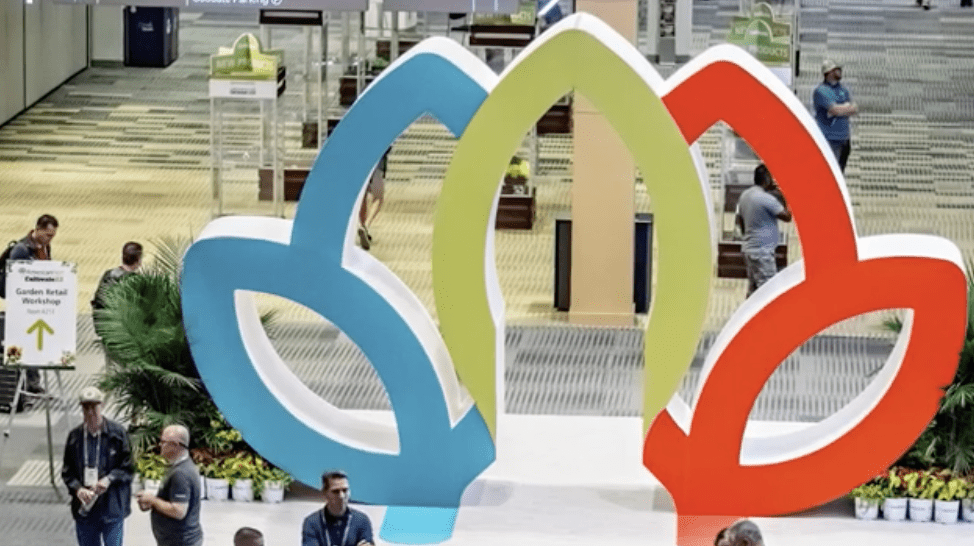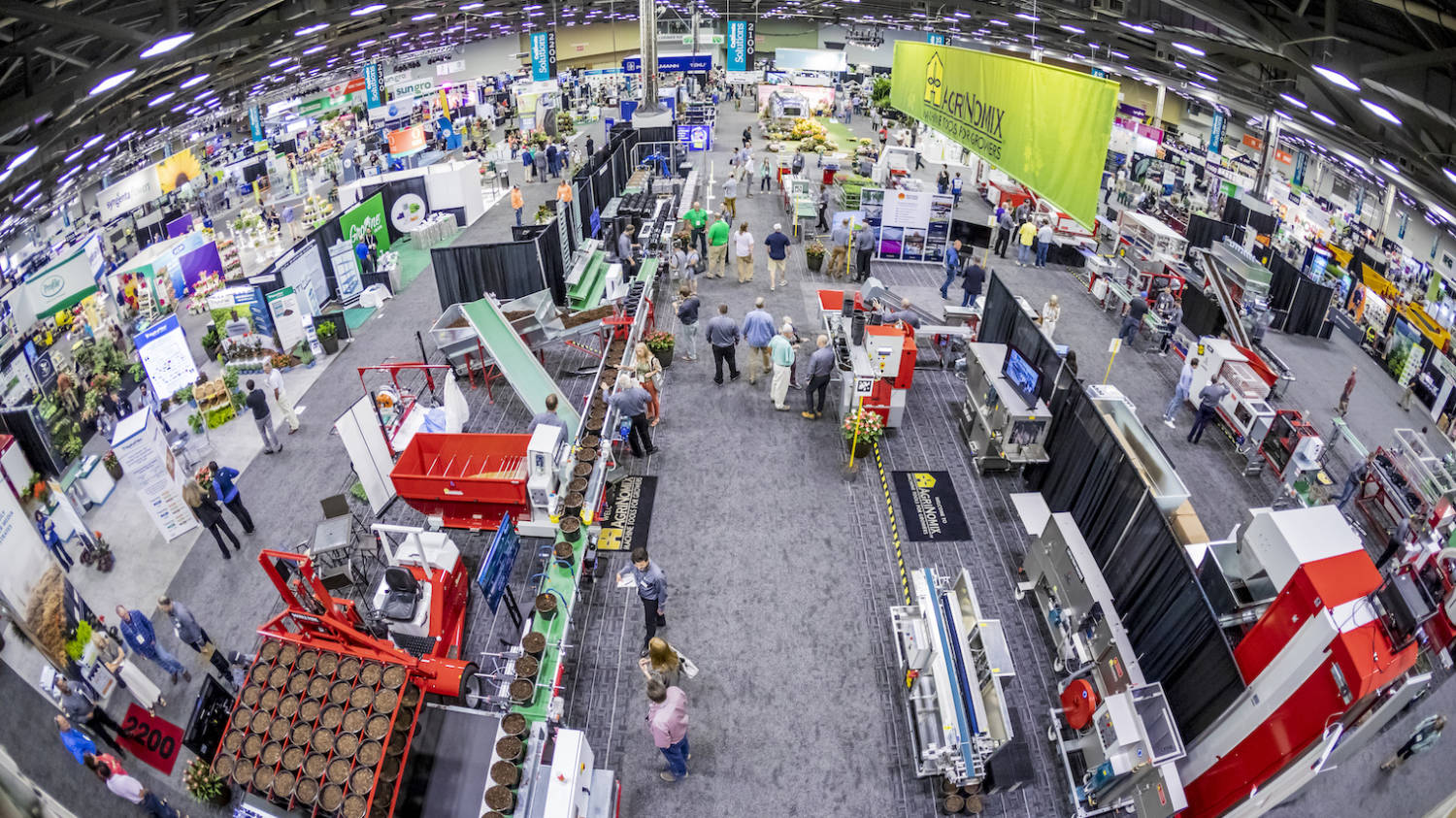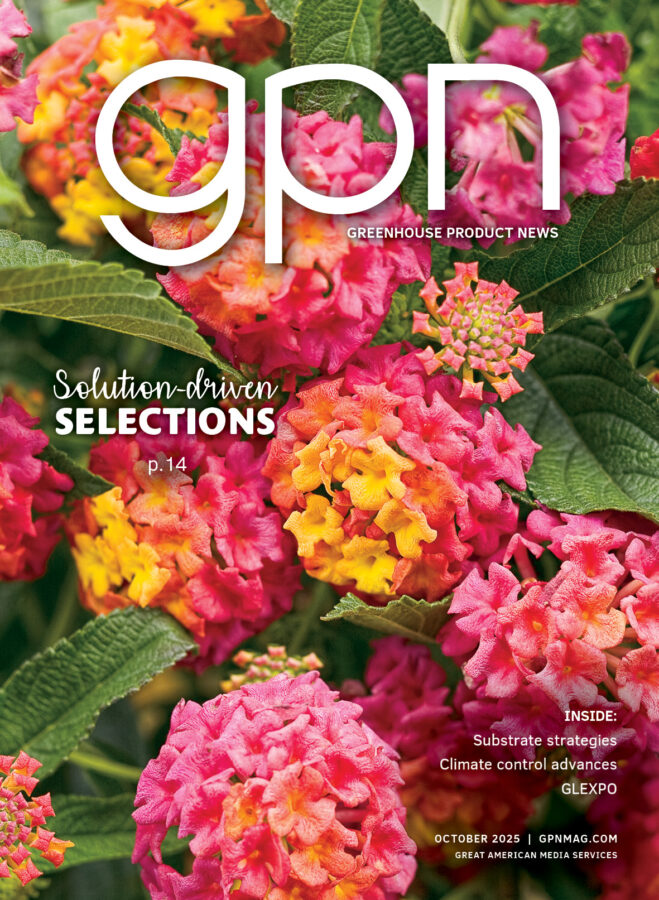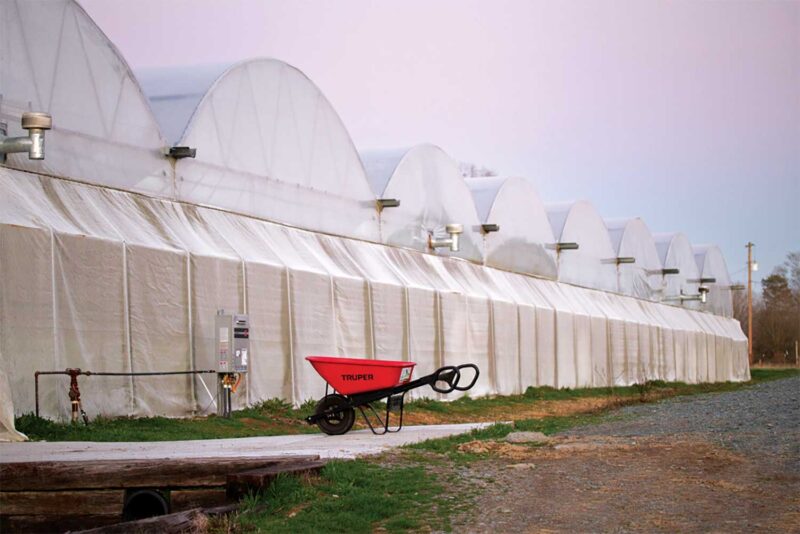
New guidelines revise H-2A filings, AEWR rates
A final rule announced Oct. 2 by the Department of Homeland Security aims to streamline the filing process for certain temporary agricultural worker petitions, while another measure would revise Adverse Effect Wage Rates (AEWR) calculations.
Contested aspects of both the H-2A temporary worker program and AEWR calculations have been the subject of recent court rulings and government actions.
The new H-2A rule allows U.S. Citizenship and Immigration Services (USCIS) to begin processing petitions for temporary workers while the Department of Labor (DOL) reviews the requested employment to ensure it would not harm American workers.
“This change allows USCIS to support American farmers in their critical work for our nation while also ensuring that they hire thoroughly screened and vetted foreign labor,” USCIS spokesman Matthew Tragesser said in a news release from the organization. “When migrants choose legal pathways to employment in the United States, it is beneficial for American businesses, the public’s confidence in the rule of law, and the foreign workers themselves.”
Beginning Oct. 2, petitioners seeking unnamed beneficiaries can electronically file the newly published Form I-129H2A, Petition for a Nonimmigrant Worker: H-2A Classification, after DOL issues a notice of acceptance of the application for temporary labor certification (TLC) and before DOL approves a TLC.
Petitioners must provide the ETA case number issued by DOL with the initial filing. This allows USCIS to immediately begin processing electronically filed petitions with unnamed beneficiaries and gives petitioners the flexibility to file with USCIS sooner, according to the release. USCIS will not approve any petitions until after DOL has approved the corresponding TLC.
The TLC serves as DHS’s consultation with the DOL regarding whether a qualified U.S. worker is available to fill the petitioning H-2A employer’s job and whether an alien worker’s employment will adversely affect the wages or working conditions of similarly employed U.S. workers.
The newly developed form can only be filed online by uploading the completed PDF in a USCIS online account, according to the release. USCIS said that it is currently only accepting Form I-129H2A for petitioners seeking unnamed beneficiaries filing without Form G-28, which serves as notice of appearance for an attorney or accredited representative. In the coming weeks, the organization said it will expand availability of Form I-129H2A to H-2A petitioners seeking named beneficiaries or filing with Form G-28.
Petitioners who file H-2A petitions by paper must continue to use Form I-129, Petition for Nonimmigrant Worker.
AEWR revision
The U.S. Department of Labor has issued an interim final rule revising the methodology for determining the hourly AEWRs for non-range occupations.
The department will use wage data reported for each U.S. state and territory by the Department’s Bureau of Labor Statistics (BLS) Occupational Employment and Wage Statistics (OEWS) survey, according to a Oct. 2 Federal Register notice. For the majority of H-2A job opportunities, the department will use OEWS survey data to establish AEWRs applicable to five Standard Occupational Classification (SOC) codes combining the most common field and livestock worker occupations, according to the notice.
Those jobs were previously measured by USDA’s Farm Labor Survey (FLS), which covered six SOC codes.
The Labor Department estimated that the rule will save H-2A employers $2.46 billion annually and $17.29 billion over a 10-year period.
The new AEWRs will be divided into two skill-based categories to account for wage differentials arising from qualifications contained in the employer’s job offer, according to the notice. For all other occupations, the department will use the OEWS survey to determine two skill-based AEWRs for each SOC code to reflect wage differentials.
To address differences in compensation between most U.S. workers and H-2A workers who receive employer-provided housing at no cost, the department will implement a standard adjustment factor to the AEWR to account for this non-monetary compensation.
The rule is effective Oct. 2. A public comment period is open until Dec. 1.
Comments may be submitted online on regulations.gov. For additional information, contact Brian Pasternak, Administrator, Office of Foreign Labor Certification, Employment and Training Administration, Department of Labor, 200 Constitution Avenue NW, Room N-5311, Washington, D.C. 20210, or email OFLC.Regulations@dol.gov.








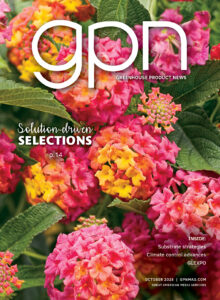
 Video Library
Video Library 